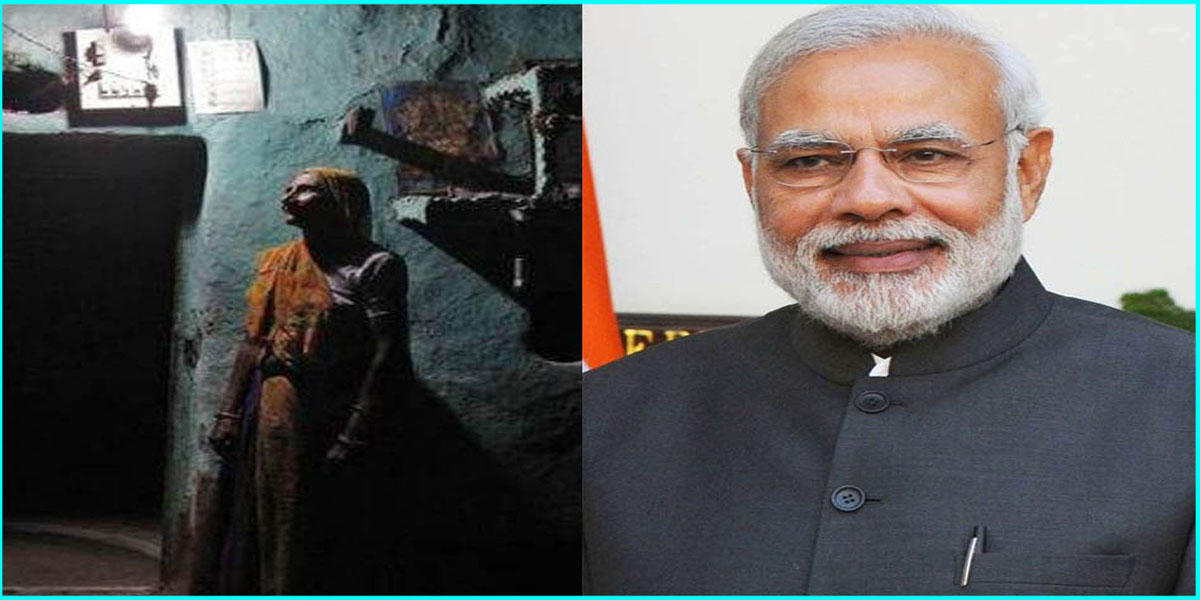
Fact Check: Every Single Village Of India Now Has Access To Electricity, The Claim Is Away From The Reality.
1 May 2018 5:00 PM GMT
Editor : Ankit Sharma Sharma
Green tea Addict | A Tree Hugger | Born for Change
At the time of independence, only about 1500 villages in India were electrified. It took 71 years for the government to claim that “out of 597,464 census villages, 597,464 villages (100%) have been electrified.” The official website for Deendayal Upadhyaya Gram Jyoti Yojana (DDU GJY) displayed the news about 100% electrification prominently on its homepage. Prime Minister Narendra Modi tweeted on Saturday, “28th April 2018 will be remembered as a historic day in the development journey of India. Yesterday, we fulfilled a commitment due to which the lives of several Indians will be transformed forever! I am delighted that every single village of India now has access to electricity.”
28th April 2018 will be remembered as a historic day in the development journey of India. Yesterday, we fulfilled a commitment due to which the lives of several Indians will be transformed forever! I am delighted that every single village of India now has access to electricity.
— Narendra Modi (@narendramodi) April 29, 2018
In his tweet, PM used the word ‘commitment’ as a reference to his speech from the Red Fort on the morning of 15th Aug 2015. While addressing the nation on Independence Day, 2015, the PM had mentioned that all of 18500 villages yet to be electrified, will be electrified in the next 1000 days. Going by his words and as per official reports, in August of 2015, 97% villages were already classified as ‘electrified’. As for the remaining 3% (18500 villages), PM’s 1000 days target makes the due date as 10th May 2018 and hence a ‘commitment fulfilled’ with 12 days to spare, at least on paper.
Soon, several ministers and party members joined in for the mutual backslapping bonhomie. As per NDTV reports, Power Minister RK Singh hailed PM Modi’s ‘courage.’ When asked about taking credit for the whole 100% when previous governments did 97% of work, he replied that previous governments ‘never thought about’ full electrification and most of their work was ‘shoddy’.
Blatant attempts to hoard credit aside, the last stretch is often the hardest, and the remotest villages were perhaps the last to get electricity. The effort to reach remote places can also explain why under the current government the average number of villages electrified per year has come down as compared to the average in 2004-2014 decade. 100% electrification is a proud achievement but let us look at the facts and figures to understand in a better way what it means for our country.
What exactly does it mean when a village is electrified?
In no way does it mean 24*7 power, which is a pipe-dream even in urban areas. It does not also imply that all houses in the village have an electricity connection. It does not also measure the ‘electrification’ with corresponding consumption of power in the village.
The present government adheres to the definition of ‘electrification’ given by the Ministry of Power in 2004-05. According to it, a village is said to be electrified if it has necessary infrastructure like a transformer, some public places like schools getting electricity and at least 10% of households electrified. So, even a village in which 90% houses do not have electricity is technically electrified, regardless of a number of hours of power supplied.
Many people came forward on social media questioning the government’s claims. They posted the names of their villages where electricity has not yet reached even though the government says 100% electrification has been achieved. An article in India Today, states that many villages in MP, Jharkhand, and Rajasthan have not been electrified at all.
Can the government electrify every household by Dec 2018?
Union Minister of State for Power R.K Singh on Sunday said the government will electrify each household of country by December 31, 2018. A study in the year 2014 by the World Bank said, “India’s energy sector problems keep 300 million without power, with 200 million of them in villages that are considered ‘electrified’.” India’s annual per capita power consumption is around 1100 kWh, among the lowest in the world. This points to a major deficit in the electricity supply, especially felt in rural areas.
A 2015 survey, covering 714 villages in 51 districts of India, estimated that about 30 crore Indians lack access to electricity. As per the data given on the home page of ‘PM Sahaj Bijli Har Ghar Yojna – Saubhagya,’ 3,13,61,705 homes are yet to be electrified. Under the Saubhagya scheme, launched in 2017, the target month for universal electrification of all households is December 2018.
The data also shows that since 11 Oct 2017, under Saubhagya Yojna, only 50,06,203 households out of targeted 3,63,67,908 have been electrified ’till date’. This means that since 11th October 2017, the government is averaging 24906.50 (5006203 households / 201 days) households electrified per day under this scheme. If we take the figure given by government on Saubhagya homepage at face value, going at this rate, it will take at least 3 more years (31361705 households remaining / 24906.50 per day ) to electrify the remaining 3,13,61,705 households.
Also published on Medium.
 All section
All section













